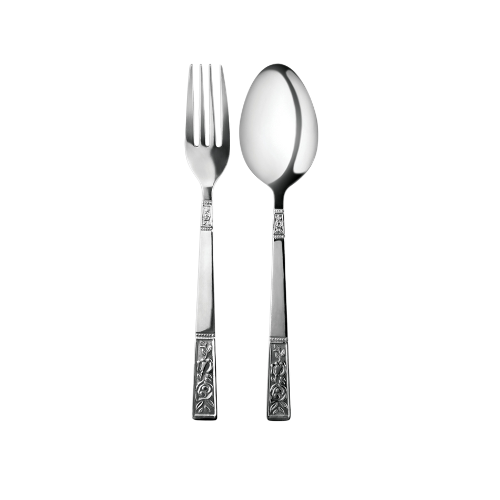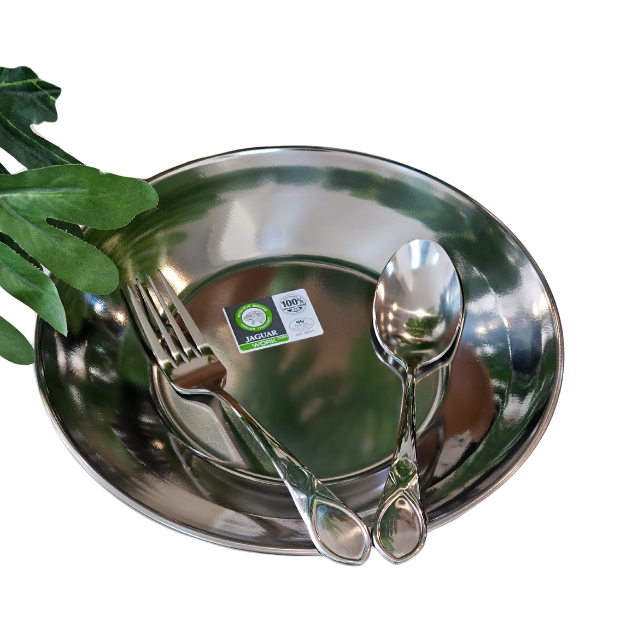We will continue to develop for your special meal.
NATURAL
FIN COLLECTION
We will continue to develop for your special meal.
NATURAL
FIN COLLECTION
We will continue to develop for your special meal.
EXPERIENCED
Our team of experienced consultants brings a wealth of knowledge and expertise to every product, working closely with clients to understand their unique needs and.

0+
YEARS OF EXPERIENCE

0+
PRODUCTS

0+
PARTNER USERS

0K+
CUSTOMERS
MACHINERY INDUSTRIAL
The production of machinery involves the use of advanced technologies, engineering expertise, and skilled labor. It is a highly specialized industry that requires precision, quality control, and adherence to safety standards.


PRODUCTION
METAL PROCESSING
Metal fabrication with automated manufacturing involves forming metal sheets using machinery such as embossing machines, sheet metal bending machines, and sheet metal rolling machines. Automatic forming machines
Production process
Our working process has more than 20 steps throughout the working period. The important thing is that our production process will adhere to quality standards and continuously develop to be higher than the standard.

Cutting
Cutting stainless steel sheets into sheets according to the design and using automatic cutting machines to control the quality to meet our specified standards.

Forming mold
Mold forming We create every step ourselves to achieve the shape and quality we want.

Cutting edge
In the cutting of the edges to be produced in the next step, we need to control the most suitable size to obtain the desired product.

QC Pass
We have inspections at every stage of production, from during production until we get the perfect product, but we still have to inspect every step until packing it in the box.

Packing
Our packaging of every spoon, every knife, and even every pot lid will be checked by the packing department to ensure that the product meets the required quality before it can be delivered to the customer.

Complete Product
After getting the products as we want, we will deliver them to the customers. The delivery process to the customers will be set according to the standards of transportation and delivery staff service, and make the cs the most satisfied.

PATTERN
ROSEMARY
Flowers in a house full of happiness

PERFECT PATTERN
LAURA`
Add a touch of luxury to your home
MINIMAL PATTERN
ISABELLE
P e r f e c t S i m p l i c i t y
Best Seller No.#2


PATTERN
ROSEMARY
Flowers in a house full of happiness

PERFECT PATTERN
LAURA`
Add a touch of luxury to your home
MINIMAL PATTERN
ISABELLE
P e r f e c t S i m p l i c i t y
Best Seller No.#2


PATTERN
ROSEMARY
Flowers in a house full of happiness
Stainless Steel Grade 304 (SUS 304)
This is the most popular grade used in the industry and can be used for high-end stamping, such as for safety accessories such as hinges and door knobs.
Stainless Steel Grade 316 (SUS 316)
This is the second most popular grade after Grade 304. It is a stainless steel with similar ingredients to Grade SUS 304, but Grade 316 has added molybdenum, making this grade more resistant to rust and corrosion than Grade 304. It is suitable for use in marine equipment or medical equipment, etc.
Stainless Steel Grade 430 (SUS 430)
This is a stainless steel similar to Grade 304. The rust-proof properties are not equal to Grade 304, but this grade is stronger than Grade 304 and 316. It is suitable for work that requires higher force because stainless steel is usually more durable than hard. Which is suitable for making kitchen equipment for cutting various things, such as making knives or gas stove stands, etc.
Grade 202 Stainless Steel (SUS202)
is another grade of stainless steel that consists of chromium, nickel, and manganese, which magnets do not stick to. But the resistance to rust is lower than grade SUS 304. It is often used in the production of various hardware products, such as hinges and lower-grade door locks, etc.
1. Corrosion resistance
All grades of stainless steel have high corrosion resistance. Low alloyed grades can resist corrosion in normal atmospheres. High alloyed grades can resist corrosion in almost all acids, bases, solutions and chloride atmospheres, even at high operating temperatures and pressures. High and low temperature resistance Some grades resist scaling and maintain strength at very high temperatures, while maintaining toughness at negative temperatures.
2. Easy to fabricate or assemble
Most stainless steels can be easily cut, welded, shaped, machined or assembled.
3. Strength
Stainless steels can be hardened by cold work hardening, allowing designs to reduce thickness, weight and cost. Some grades of stainless steel can be used in heat-resistant applications while maintaining high strength.
4. Aesthetic appeal
Stainless steels can be beautified in a variety of ways and are easy to maintain, resulting in high-quality finishes. They can be finished in gold, bronze, green, silver and black using electroplating.
5. Hygienic properties
Cleanability This is the first reason why stainless steel is used in hospitals, kitchens, kitchenware, food and pharmaceutical industries. The life cycle of stainless steel is: durable, low maintenance and low cost compared to the duration of use. Stainless steel can be easily reused and scrap stainless steel is highly valuable.
Credit | tssda
Stainless Steel Cutlery Selection Criteria
The three codes printed on the dining table "13-0", "18-0" and "18-8" are made of stainless steel. The number in front of the code indicates the
amount of chromium, the number after indicates the amount of nickel. Chromium is a material that prevents the product from rusting, while nickel is a
material that is resistant to corrosion. For example, "13-0" contains 13% chromium and does not contain nickel. When purchasing, pay special attention to
1. When purchasing stainless steel products, carefully check whether the material and steel number used are indicated on the outside;
Packaging; Whether the manufacturer's factory name, factory address, phone number, and the hygiene standards of the container are indicated;
2. It can be judged by magnetism. General manufacturers generally use 304 (such as 18-8) and 430 (such as 18-0) stainless steel for forks and spoons, and 420 (such as XNUMX-XNUMX) 13-0) for knives, 430 and 420 are magnetic, and 304 is a small magnet. However, there are also plates and bowls made of 201 and 202 materials on the market, which are not magnetic. But whether it can be used in the processing of tableware is a dispute in China. Some people think that 201 and 202 materials contain high manganese and are not food grade stainless steel.
3. Under normal circumstances, for stainless steel tableware of the same thickness and shape, high-quality tableware will be heavier than low-grade tableware. However, the difference in density is very small. The density of 304 stainless steel is 7.93, and the density of 430 and 420 is 7.85, which cannot be judged by intuition.
4. It is best not to buy stainless steel products from unverifiable shops. There are many such merchants, and there are often those who
offer low prices to attract consumers. In fact, most of the stalls are fakes, and genuine stainless steel products are not that cheap. Because the price of
the goods is determined by the cost of the material. The insignificant "stainless steel" is definitely not food grade stainless steel, so be careful not to buy fakes and low-quality goods, which will make your health worse in the future.
5. The stainless steel used in the production of tableware is mainly "austenitic" stainless steel and "martensitic" stainless steel. Bowls, plates, etc. are all
generally made of stainless steel. "Austenitic" is non-magnetic. Knives, forks, etc. are generally made of "martensitic" stainless steel, and
"martensitic" stainless steel is magnetic.
6. Due to the different materials, the weight of certified stainless steel tableware is greater than the weight of "parallel imported" products.
Because the metal is made up of chromium and nickel,
it is harder and requires more energy to manufacture.
It uses 50 times less stainless steel than carbon steel.
credit | tssda
AISI (American Iron and Steel Intitude)
It is a standard of the American Iron and Steel Institute. It is named with 3 digits, such as 304 or 316, which is the most widely used system today. Special letters at the end are used to specify special variable ingredients, such as 304L, 316LN or 310S.
ASTM (American Society for Testing and Meterials)
It is a standard of professional associations in science and technology that sets standards that are popular and accepted worldwide. The ASTM Association was established in the United States to call various grades of stainless steel, such as A240, A554, A270, etc.
Credit | tssda
Blog
Our Customers


























































































Additional sales channels
- Home Home
- About us About us
- Article Article
- Contact us Contact us
- Sales consultant Sales consultant

















